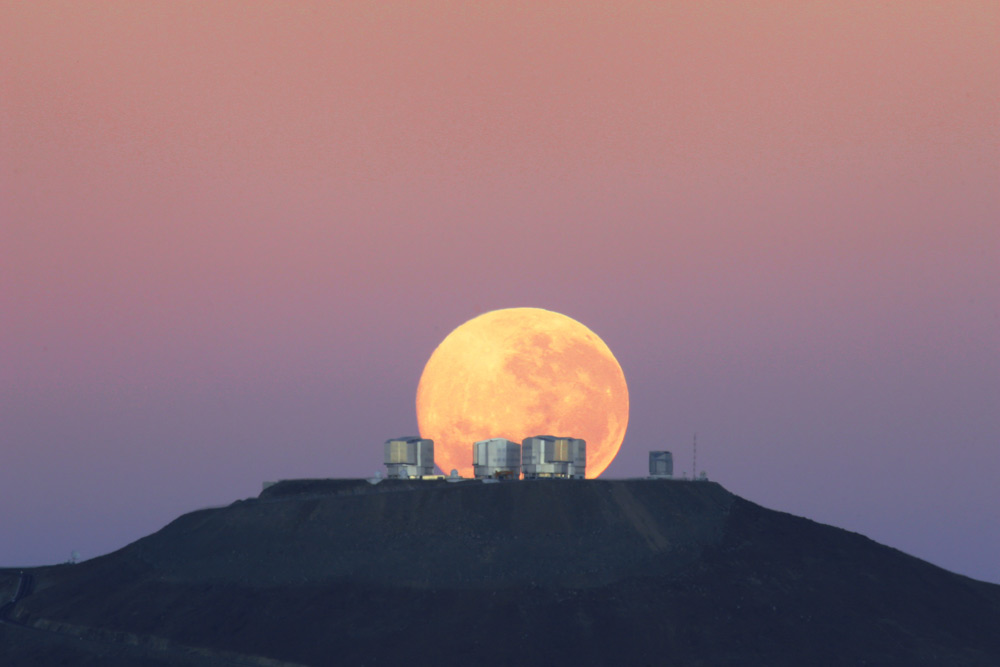The Full Snow Moon of February 2022 rises tonight!
You can also spot Venus, Mars and Mercury before sunrise.

The Snow Moon will reach its peak today (Feb. 16) and join a cluster of planets lighting up the morning sky.
The full moon, known as the Snow Moon, will be at its brightest at 11:57 a.m. EST (1657 GMT), though it will appear nearly full both the night before and the night after. And the moon isn't the only excitement in the night sky; if you look carefully by the full moon tonight you will see the bright star Regulus in the constellation Leo, the lion.
And don't forget to look up in the early morning sky as a few planets will also make an appearance.
Related: February full moon 2022: The 'Snow Moon' is accompanied by predawn planets
A few planets will accompany the moon in the early morning today.
For those in the eastern U.S., Venus rises at approximately 4:20 a.m. local time in New York City (0920 GMT) today and the planet will be 22 degrees above the horizon by sunrise. Mars comes up a little later, at 4:48 a.m. EDT (0948 GMT) and you should be able to spot fleeing Mercury as it is at its greatest distance, or elongation, west of the sun. Yet another planet, Jupiter, will also be visible for a short window before sunset tonight.
While those planets are rising in the east, the full moon will be setting in the west. In New York City, for example, the moon will set at 7:11 a.m. local time and rise again tonight at 5:32 p.m. local time. (You can find out exactly what time the moon will rise and set at any location using Time and Date's moon calculator.)
Breaking space news, the latest updates on rocket launches, skywatching events and more!
The Snow Moon is one of many monikers by which February's full moon is recognized. While the moon goes by different names in different cultures, the Maine Farmers' Almanac began publishing the moon names given and known by Native American tribes in the 1930s.
The Snow Moon (also called the Storm Moon) is a name that stems from the Algonquin tribe "because of the heavy snows that fall in this season," according to NASA.
If you're looking for binoculars or a telescope to see the moon in the night sky, check out our guide for the best binocular deals and the best telescope deals now. If you need equipment to capture the moment, consider our guides for the best cameras for astrophotography and the best lenses for astrophotography to make sure you're ready for the next moon sighting.
Follow Elizabeth Howell on Twitter @howellspace. Follow us on Twitter @Spacedotcom or Facebook.

Elizabeth Howell (she/her), Ph.D., was a staff writer in the spaceflight channel between 2022 and 2024 specializing in Canadian space news. She was contributing writer for Space.com for 10 years from 2012 to 2024. Elizabeth's reporting includes multiple exclusives with the White House, leading world coverage about a lost-and-found space tomato on the International Space Station, witnessing five human spaceflight launches on two continents, flying parabolic, working inside a spacesuit, and participating in a simulated Mars mission. Her latest book, "Why Am I Taller?" (ECW Press, 2022) is co-written with astronaut Dave Williams.

